A leading performance analysis outlet has highlighted a recurring winter pattern: from November to December, muscle injuries rise by roughly 50% across Europe’s top leagues, coinciding with fixture congestion. In North London, multiple updates place Arsenal at the center of the conversation. One report indicates Kai Havertz is in the final phase of rehab with encouraging feedback on his attitude. Gabriel Martinelli reiterated the club’s title ambitions and faith in Mikel Arteta’s methods, while separate analysis lauded Jurrien Timber’s blend of defensive bite and chance creation. The takeaway is clear: elite teams must balance intensity with intelligent rotation through the festive period.
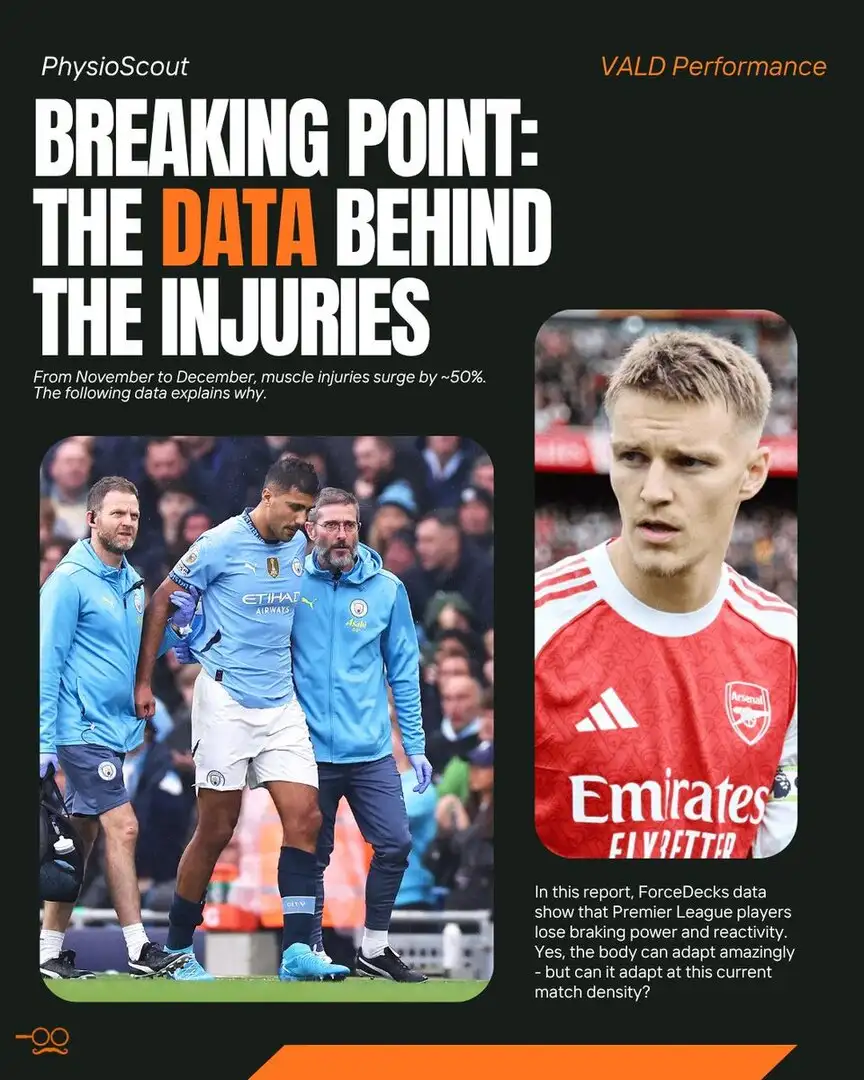
The discussion was sparked by a performance science analysis flagging a ~50% rise in muscle injuries from November to December across Europe’s elite leagues, aligning with dense match calendars. Around the same time, UK-based Arsenal reporters and broadcasters amplified club-specific storylines: an optimistic checkpoint on Kai Havertz’s rehabilitation progress; a Players’ Tribune-style reflection from Gabriel Martinelli on Arsenal’s title standards and trust in Mikel Arteta; and analytical praise for Jurrien Timber’s two-way metrics this season. National-team and broadcast channels also contributed seasonal narratives that underscored the broader context of winter workload and its physical toll.
We think this is our best post yet… 🏆 Find it here: 👉 https://t.co/XiM7H2bapp From November to December, the numbers always spike - roughly a 50% rise in muscle injuries across Europe’s top leagues. This isn’t coincidence. It’s the point where fixture congestion,
@physioscout
Impact Analysis
The recurring winter spike in muscle injuries has profound implications for clubs’ competitive plans, medical protocols, and squad-building strategies. From a performance perspective, congested schedules compress exposure to high-intensity actions while shortening recovery windows, elevating soft-tissue risk across positions that depend on repeated sprints and accelerations. This naturally targets wingers, full-backs, and box-to-box profiles—roles critical to elite pressing and transition play.
For Premier League contenders, the November–December stretch often becomes a hidden hinge on title races. Arsenal’s case illustrates the trade-offs. Reports of Kai Havertz reaching the final phase of rehab are encouraging, but the data advises caution: progressions in chronic load (minutes) and acute spikes (short turnarounds) must be gated by objective criteria—strength symmetry, neuromuscular readiness, and monitored top-speed exposures. Jurrien Timber’s blend of defensive actions and chance creation is a tactical asset, yet sustaining that output requires micro-rotations and tailored training density to avoid cumulative fatigue.
Strategically, medical and technical staffs need unified dashboards—combining GPS, RPE, and match congestion forecasts—to pre-empt red zones. Rotation is not just a luxury; it is competitive insurance. The winter period also stress-tests recruitment: squads with versatile depth withstand absence clusters better, preserving structure without diluting intensity. Ultimately, the injury trend is not a coincidence but a calendar-driven risk that rewards clubs who treat availability as a primary KPI.
Reaction
Online discourse split along predictable lines. Performance-minded fans seized on the ~50% spike as validation of what they’ve sensed for years: the festive calendar is a reliability tax on even the best-prepared squads. Arsenal supporters, buoyed by upbeat notes on Kai Havertz’s rehabilitation and Gabriel Martinelli’s strong message about title standards, framed the winter crunch as a test of Arteta’s culture shift—discipline, clarity, and collective buy-in.
Pundit-style voices amplified praise for Mikel Arteta’s model—highlighting culture change, psychology, and pressure management—while others injected caution that leadership narratives can be misread if availability dips. The plaudits for Jurrien Timber’s dual profile (tackling volume and chance creation from open play) triggered healthy debate: some insisted he’s the league’s standout right-back on current form; skeptics countered that small samples in a heavy-rotation window can flatter rankings.
Neutral observers largely agreed the numbers reflect structural realities rather than bad luck, calling for smarter rotations and acceptance that short-term dips in star minutes may be the price of long-term peak availability. Across threads, one theme held firm: winter success will hinge less on highlight reels and more on granular load management that keeps key players on the pitch.
Social reactions
Piero Hincapie is in training for Arsenal ahead of Saturday's match against Fulham on Sky Sports 🔴 Ben White is absent, as are the injured Martin Odegaard, Noni Madueke and Kai Havertz ❌
Sky Sports Premier League (@SkySportsPL)
Piero Hincapie is taking part in Arsenal open training this morning, along with the rest of the team. Gabriel and Gabriel Martinelli also involved today after coming back from international duty with Brazil. #AFC
Sam Blitz (@SamBIitz)
Arsene Wenger standing with the only manager to go an entire Premier League season unbeaten 🤝
Football on TNT Sports (@footballontnt)
Prediction
Expect clubs to treat the November–December corridor as a controlled-risk project: smaller match-to-match minute ramps, earlier substitutions for high-intensity roles, and targeted rest games for repeat sprinters. Arsenal are well-positioned to execute this due to a cohesive staff model and a growing bench profile, but discipline will be vital. If the reported positive milestones for Kai Havertz continue, a carefully staged reintroduction—brief cameos, then selective starts—could arrive without compromising tissue resilience.
Gabriel Martinelli’s direct style remains a winter weapon, yet his workload should be guarded with planned rotation across flanks and staggered pressing triggers. For Jurrien Timber, whose output spans defensive and creative phases, micro-rotations and controlled high-speed exposures in training can preserve sharpness through the festive churn. League-wide, anticipate more conservative hamstring risk strategies: fewer back-to-backs at maximal speed, heavier emphasis on eccentric strength, and proactive neuromuscular screening after travel days.
On the table, this likely yields tighter margins and more late-game variability as managers bank availability over dominance. The sides that accept tactical pragmatism—rotating even when in form—will exit December with fresher cores. Expect a visible uptick in bench contributions, while January injury reports should normalize if these mitigations are followed.
Latest today
- Xabi Alonso holds Athens sit-down with Vinicius Jr and Fede Valverde to tighten squad bond
- Real Madrid step away from Konaté, lock in 2026 CB plan - Guehi, Schlotterbeck, Bastoni on...
- Cristian Orozco spotted at Old Trafford - Manchester United line up next move as Wharton p...
- Ruben Amorim clarifies Kobbie Mainoo status as selection debate heats up at Man United
Conclusion
The data-backed rise in winter muscle injuries is not anecdote—it is a calendar effect that punishes any lapse in planning. The smartest response is not bravado but systems: clear rotation rules, evidence-led return-to-play protocols, and honest communication between staff and players. Arsenal’s current signals—a confident Martinelli, a meticulously progressing Havertz, and a high-impact Timber—show the upside of alignment between performance science and tactical identity.
But the fine print matters. Over-indexing on short-term momentum can undo weeks of careful loading; conversely, a single conservative decision can preserve a title-chasing engine room. Across Europe, contenders will be judged not only by their football but by their governance of risk. Those who treat availability as a strategic pillar will transform a dangerous corridor into a competitive edge. Winter remains unforgiving—but with intelligent management, it becomes navigable, and for the best-prepared, decisively winnable.







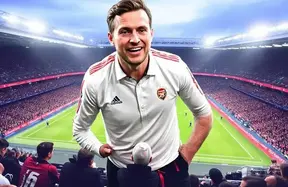

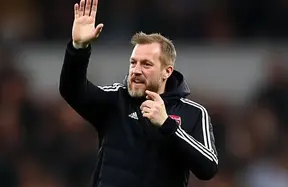
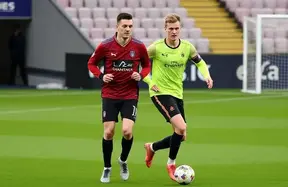
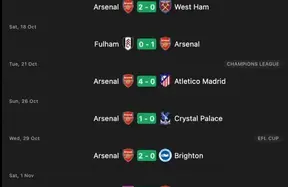
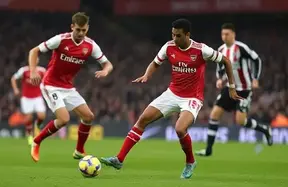
Sky Sports Premier League
Piero Hincapie is in training for Arsenal ahead of Saturday's match against Fulham on Sky Sports 🔴 Ben White is absent, as are the injured Martin Odegaard, Noni Madueke and Kai Havertz ❌
Sam Blitz
Piero Hincapie is taking part in Arsenal open training this morning, along with the rest of the team. Gabriel and Gabriel Martinelli also involved today after coming back from international duty with Brazil. #AFC
Football on TNT Sports
Arsene Wenger standing with the only manager to go an entire Premier League season unbeaten 🤝
Simon Collings
In the Premier League this season, Jurrien Timber is ranked No1 in the Arsenal squad for both tackles AND chances created from open play. There is an argument he's the best right-back in the Premier League right now. Piece:
Fabrizio Romano
❤️🤍 Martinelli: “Arteta has always been great with me. When I wasn’t playing as much last season, I went to his office, and he reassured me that I would get my chance”. “I’m so happy that I took my chance when I got it. I really love this club”, told The Players Tribune.
England
Five defenders. One . Clinical 🔥
ESPN UK
Gabriel Martinelli is a Gunner through and through ❤️: 🗣️ "Arsenal is not about finishing fourth. Arsenal is about titles. The league. The Champions League. That’s what the fans deserve.' Mikel has always been great with me. When I wasn’t playing as much last season, I went to
Alex
Season defining. Will only get his flowers when we win stuff. 🫡
HandöfArsenal
Kai Havertz has once again blown away staff at Arsenal with his approach to rehab. My understanding is that the German is in the final phase of his recovery and could make a return earlier than expected.
EBL
Books will be studied about Arteta in hundreds of years. His game-model, psychology, ability to change the entire culture of a club, his discipline, leadership.. the relentless commitment to win, how he squashes pressure. A transformative figure on & off the pitch. Like Klopp.